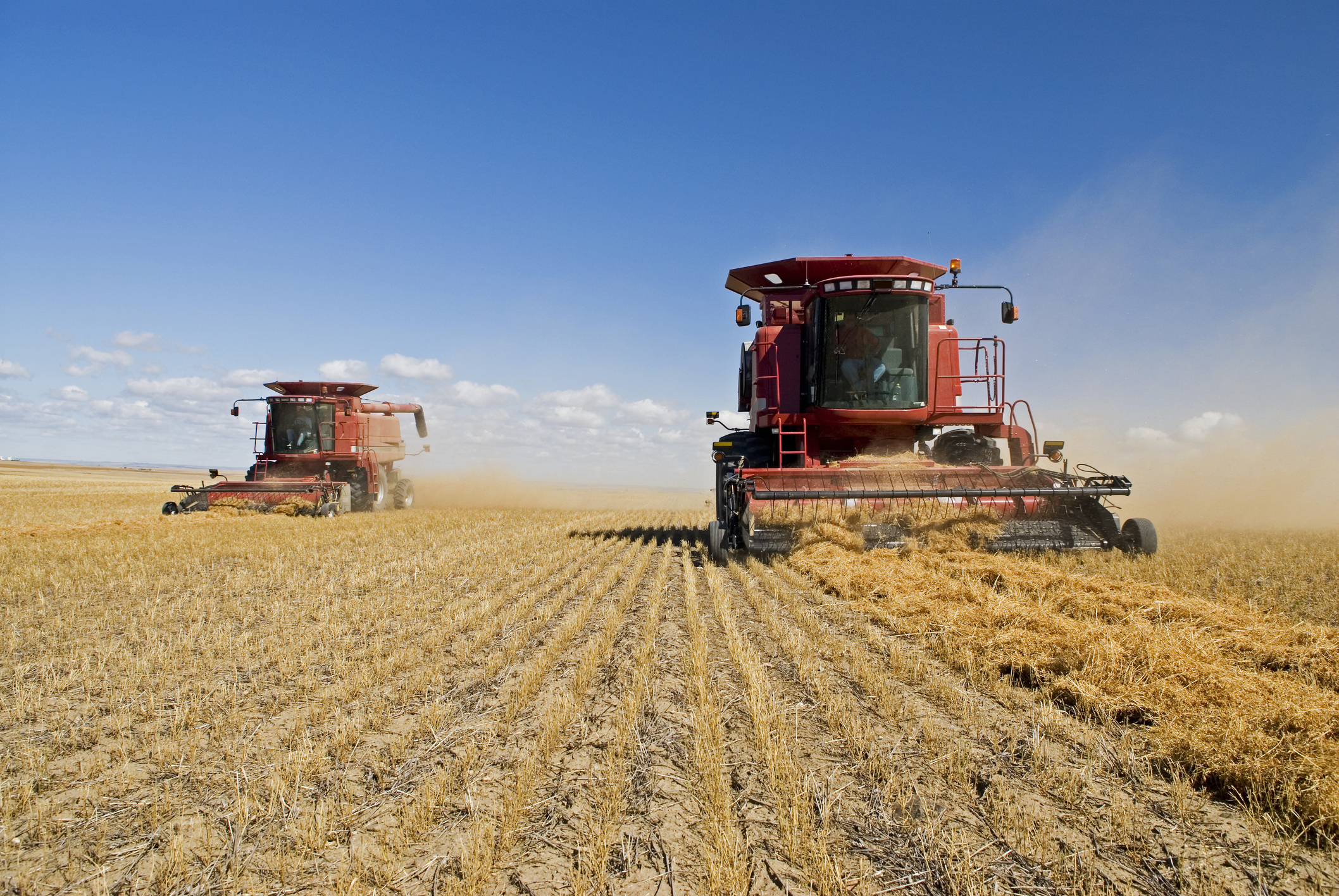
By Jury Gualandris, Mathew Lynch & Sourabh Jain
There is no doubt that a rapid transition towards the circular economy is one of Canada’s best solutions for addressing the climate crisis.
The oft-quoted headline from the Ellen MacArthur Foundation is that the renewable energy transition only gets 55 per cent of the way to our climate goals. We also need to deal with the other 45 per cent of emissions associated with the way we make and use products, which is where the circular economy plays an essential role. Canada’s 2030 Emissions Reduction Plan also identifies the importance of the circular economy in reducing emissions associated with waste, offering “…new opportunities for sustainable economic growth while supporting net- zero strategies in Canada.”
However, it is important to note that circular solutions, such as upcycling food waste into new food products, can actually have a range of different outcomes from a climate perspective. It is entirely possible that a circular solution (done badly) may create more emissions, relatively speaking, that an equivalent product made using virgin materials.
This is obviously not what anyone wants.
It also raises some key questions:
These are important considerations for firms that would like to optimize the design of their upcycling operations, or that are looking for climate-smart ways to buy or sell their surplus and by-product streams. They are also relevant concerns for policy-makers seeking to scale up the growth of the circular economy to align with priority climate policy goals.
Our team at the Ivey Centre for Building Sustainable Value has been tackling these questions over the past two years in Canada’s agri-food sector, working with some key partners including the Our Food Future initiative (led by the City of Guelph and Wellington County under the Smart Cities Challenge) and the Circular Opportunity Innovation Launchpad (COIL).
The findings are presented in our latest publication: Scaling the Climate-Smart Circular Economy.

Here is a quick overview:
What did the research focus on?
Our multi-year study focused on two major agri-food waste streams: wet spent grain (a by-product of brewing) and fruit and vegetable residues (leftover material from canning and juicing). Canadian innovators are upcycling them to produce high-value ingredients and consumer products such as cookies, crackers, edible powders, and flavourings. However, the bulk of these residual materials continues to be disposed of via conventional waste management options, including animal feeding, anaerobic digestion, composting, or landfilling.
We built a detailed understanding of this system through interviews with 80 organizations, including both circular innovators and firms in the established waste management value chain. The research focused on two Canadian “hot spots” for circular innovation – the Guelph-Wellington (Ontario) and Montreal (Quebec) regions. The team analyzed over 110 “waste exchanges,” in which one firm took the food waste from another firm for an intended beneficial use.
Qualitative and quantitative data from this real-world processing of fruit and vegetable residues and wet spent grain was then used to conduct life cycle assessment (LCA) analysis of the climate implications of different use or disposal options. For each option, including upcycling, the LCA analysis looked at the GHG emissions of a range of possible “operational structures” – defined as different combinations of process technologies, geographical distances that wastes and products could possibly need to travel, and modes of transportation.
What were the major findings?
The research discovered that upcycling – the high-value circular option – can have a wide range of potential climate outcomes, from significant reductions to actual net increases in emissions, depending on the operational structure.
Upcycling operations that use energy-intensive processing, cover long transport distances, require energy-intensive storage and generate products of scarce nutritional value produce a net increase in emissions relative to traditional processes using virgin materials.
The good news: when we looked at the actual performance of some real-world upcycling innovators, they were all producing net reductions in emissions.
Yet, some of these real-world upcycling operations were ecologically inferior to alternative waste management options such as animal feeding and anaerobic digestion, suggesting that upcycling is not always universally superior. We need a conscious effort to design and execute upcycling in a way that delivers superior ecological impacts.
To this end, our analysis provides clear recommendations to government as well as firms interested in fighting climate change through circularity:
So, what’s next?
We are continuing to develop this work further. In our next phase of research, we are planning to look at the GHG emissions outcomes of whole circular food “clusters”, geographic concentrations of firms that collaborate to upcycle diverse material flows and displace diverse virgin products. We are seeing these clusters emerging in Guelph, Montreal, and elsewhere in Canada. It is possible that we may be able to achieve even higher emissions reductions through optimising these dynamic systems as a whole.
At Ivey, our ultimate focus is having a real impact on practice. For this reason, we are also working with COIL on the exciting Circular Food Leadership Program, which is planning to work with up to 60 circular food producers, processors and retailers to enhance their capacity for circular innovation. We are also exploring opportunities to work with CELC and other partners to replicate and scale the climate-smart circularity methodology and approach to other sectors and industries.
If you want to learn more, please get in touch with Mathew Lynch, mlynch@ivey.ca
Join our mailing list